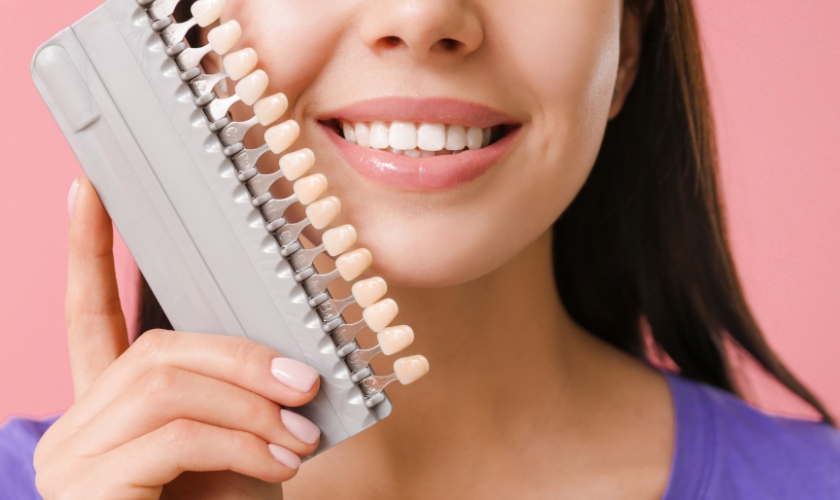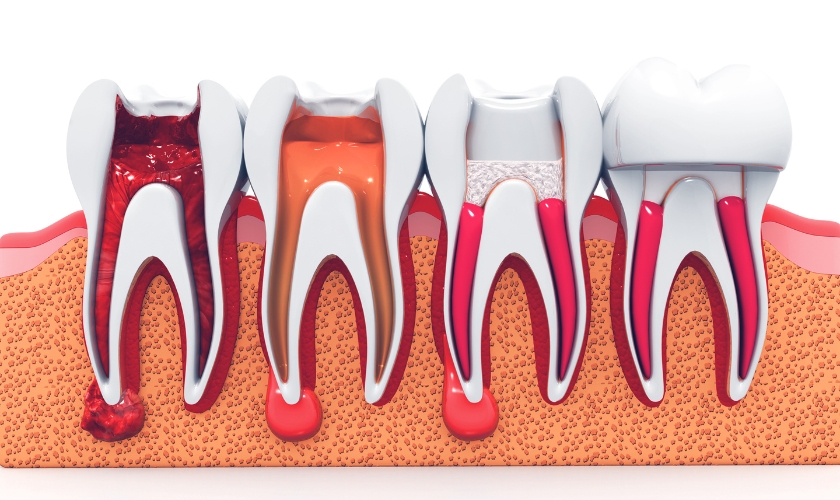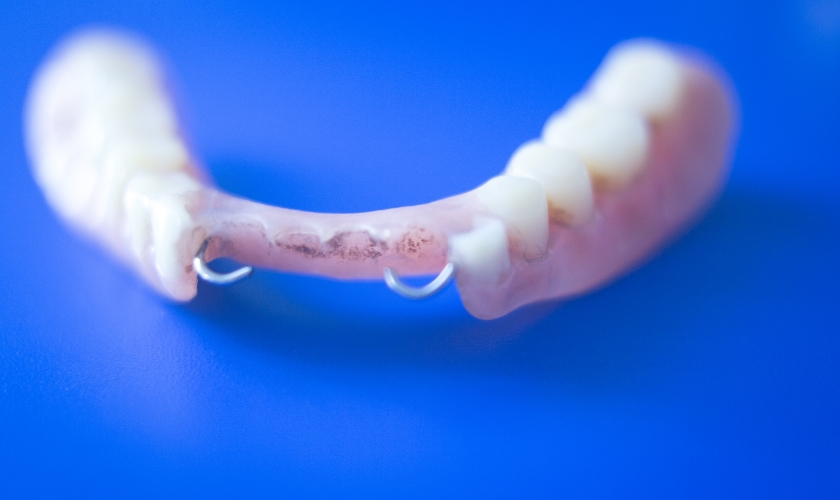How to choose foods that won’t stain your teeth after whitening! If you’ve recently undergone a teeth whitening treatment or are planning to do so, it’s essential to be mindful of the foods you consume. We all know that certain foods have the potential to leave unsightly stains on our pearly whites, undoing all the efforts we put into achieving a brighter smile. But fear not! In this article, we will guide you through the dos and don’ts of post-whitening food choices, as well as share some surprising options that can actually help whiten your teeth. So sit back, relax, and get ready for a mouth-watering journey towards maintaining a dazzling smile!
Foods To Avoid For Maintaining White Teeth
When it comes to maintaining a bright and white smile after teeth whitening, it’s important to be mindful of the foods we consume. Certain foods have a tendency to stain our teeth, undoing all the hard work that went into achieving that pearly white shade.
One category of foods to avoid is deeply pigmented fruits and vegetables. This includes berries like blueberries and cherries, as well as vegetables such as beets and tomatoes. These vibrant-colored foods contain compounds called chromogens, which can latch onto tooth enamel and cause discoloration over time.
Another culprit for staining teeth is dark beverages like coffee, tea, red wine, and cola. These drinks contain tannins which can leave stubborn stains on our teeth if consumed regularly or in excess.
Additionally, acidic foods should be limited in order to maintain whiteness. Acidic substances can erode tooth enamel and make them more susceptible to staining. Citrus fruits like lemons and oranges fall into this category.
It’s best to steer clear of sugary snacks like candies or sodas. Sugar not only contributes to tooth decay but also provides food for bacteria that produce acid leading to discoloration.
By being aware of these food choices that can stain your newly whitened smile, you’ll be better equipped to maintain the brightness you desire! So opt for lighter colored fruits and vegetables instead of deeply pigmented ones; choose lighter beverages over darker ones whenever possible; limit your consumption of acidic foods; and stick with healthier snack options while avoiding excessive sugar intake
Foods That Can Actually Help Whiten Teeth
When it comes to maintaining a bright and white smile, we often focus on the foods that can stain our teeth. But did you know that there are actually some foods that can help whiten your teeth? Incorporating these foods into your diet can not only support your overall oral health but also contribute to a brighter smile.
First up on the list is strawberries. These delicious berries contain malic acid, which acts as a natural tooth whitener. The malic acid helps remove surface stains from your teeth, leaving them looking brighter and more radiant.
Another tooth-friendly food is apples. Chewing on crunchy fruits like apples stimulates saliva production, which helps wash away bacteria and debris from your teeth. Plus, their fibrous texture acts as a gentle scrubbing agent, removing surface stains from the enamel.
Next on our list are dairy products such as cheese and yogurt. These calcium-rich foods promote strong teeth while also helping to neutralize acids in the mouth that can lead to staining. Additionally, they stimulate saliva production, which aids in rinsing away food particles and reducing plaque buildup.
And let’s not forget about celery! This crunchy vegetable works wonders for oral health by increasing saliva production and acting as a natural cleanser for your teeth. Its fibrous nature helps scrub away surface stains while providing essential nutrients for healthy gums.
Green tea deserves a spot on this list of tooth-whitening foods. Green tea contains catechins, powerful antioxidants that have been shown to reduce inflammation and prevent plaque formation. Drinking green tea regularly can help protect against tooth staining caused by bacteria in the mouth.
Incorporating these dental-friendly foods into your diet alongside regular brushing and flossing will go a long way in keeping your pearly whites sparkling bright! Remember to consult with Dentist Elgin Northeast Family Dental Care Elgin for personalized advice tailored to your specific dental needs.
Tips For Preventing Staining While Eating
When it comes to maintaining a bright, white smile after teeth whitening, it’s important to be mindful of the foods you consume. Here are some helpful tips for preventing staining while eating:
1. Drink water: Water is not only essential for overall health but can also help rinse away food particles and prevent staining. Sip on water throughout your meal or swish it around in your mouth after eating.
2. Use a straw: If you enjoy beverages like coffee, tea, or soda that can stain your teeth, consider using a straw to minimize contact with the front surface of your teeth.
3. Brush or rinse immediately: After consuming foods known to stain teeth such as berries or tomato sauce, try to brush your teeth right away. If brushing isn’t possible, at least rinse your mouth with water.
4. Opt for crunchy fruits and vegetables: Foods like apples and carrots have natural abrasiveness that helps remove surface stains from teeth while chewing them.
5. Limit consumption of staining foods: While complete avoidance may not always be realistic, try to limit your intake of highly pigmented foods and drinks like red wine, soy sauce, curry, and dark-colored berries.
By following these simple tips while enjoying meals and snacks, you can help maintain the whiteness of your newly whitened smile! Remember that consistency is key when it comes to preserving those pearly whites.
Other Factors That Can Affect Tooth Discoloration
Aside from the foods we eat, there are other factors that can contribute to tooth discoloration. Poor oral hygiene is one such factor. When we neglect to brush and floss regularly, plaque buildup occurs, which can lead to yellowing or staining of the teeth.
Smoking cigarettes or chewing tobacco is another common cause of tooth discoloration. The chemicals in tobacco products can seep into the enamel of our teeth and leave unsightly stains.
Certain medications, such as antibiotics like tetracycline or antihistamines like Benadryl, have been known to cause tooth discoloration as a side effect. It’s essential to inform your dentist about any medications you are taking so they can take that into consideration when recommending whitening treatments.
Age also plays a role in tooth discoloration. As we age, the outer layer of enamel on our teeth becomes thinner, allowing the yellowish dentin beneath it to show through more prominently.
Trauma or injury to a tooth can result in its darkening or graying over time due to internal bleeding or damage within the tooth structure itself.
Understanding these various factors that contribute to tooth discoloration is crucial for maintaining a bright and healthy smile. By addressing these issues and making good oral hygiene practices a priority, you can help prevent future staining and keep your smile looking radiant!
Achieving and maintaining a bright white smile requires more than just teeth whitening treatments. Making smart choices when it comes to the foods you eat can play a significant role in preventing staining and keeping your teeth looking their best. By avoiding certain foods that are known to stain teeth and incorporating others that can help whiten them, you can enhance the results of your teeth whitening efforts.
To recap, here are some key recommendations for choosing foods that won’t stain your teeth after whitening:
1. Avoid or minimize consumption of highly pigmented foods such as coffee, tea, red wine, berries, tomato-based sauces, and dark-colored sodas.
2. Limit intake of acidic foods like citrus fruits and vinegar-based dressings as they can weaken tooth enamel.
3. Opt for crunchy fruits and vegetables like apples, celery, carrots, and cauliflower which act as natural tooth cleansers by promoting saliva production.
4. Incorporate dairy products into your diet such as milk, cheese, yogurt because they contain calcium that strengthens tooth enamel.
5. Chew sugar-free gum with xylitol after meals to stimulate saliva production and neutralize acids in the mouth.
6. Drink plenty of water throughout the day to rinse away food particles and prevent stains from settling on your teeth.
In addition to watching what you eat, practicing good oral hygiene is crucial for maintaining a healthy white smile. Brushing at least twice a day with fluoride toothpaste, flossing daily, and visiting your dentist regularly will help keep plaque buildup at bay.
It’s important to note that individual factors such as genetics or certain medications may also contribute to tooth discoloration despite following these guidelines diligently.




